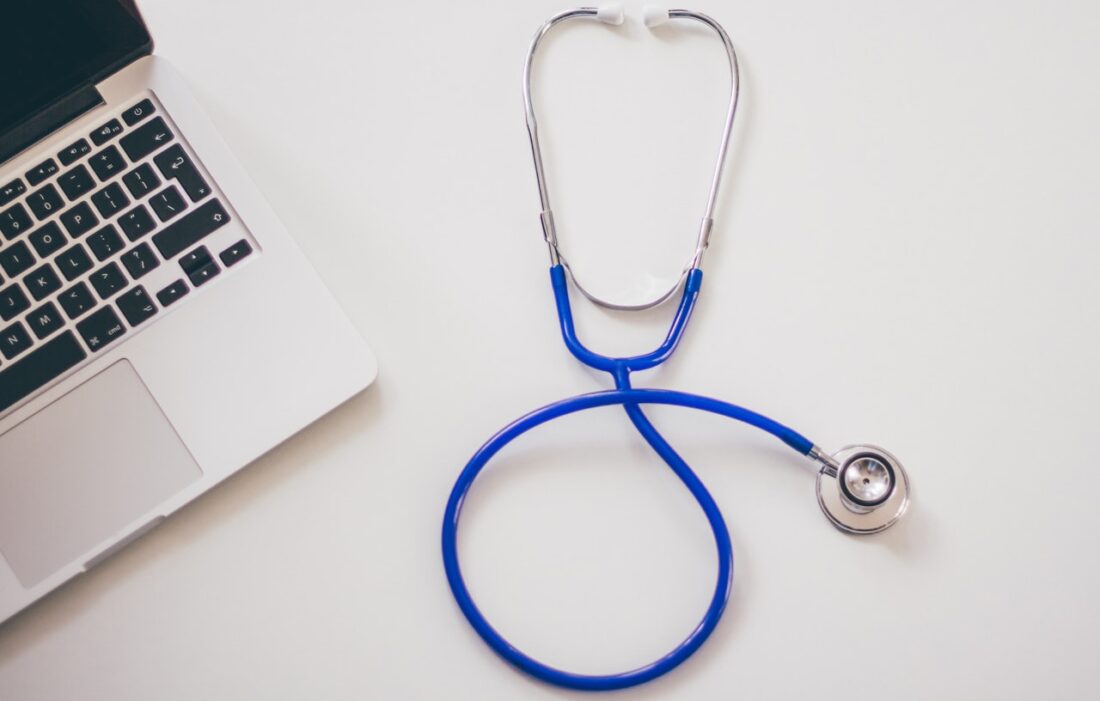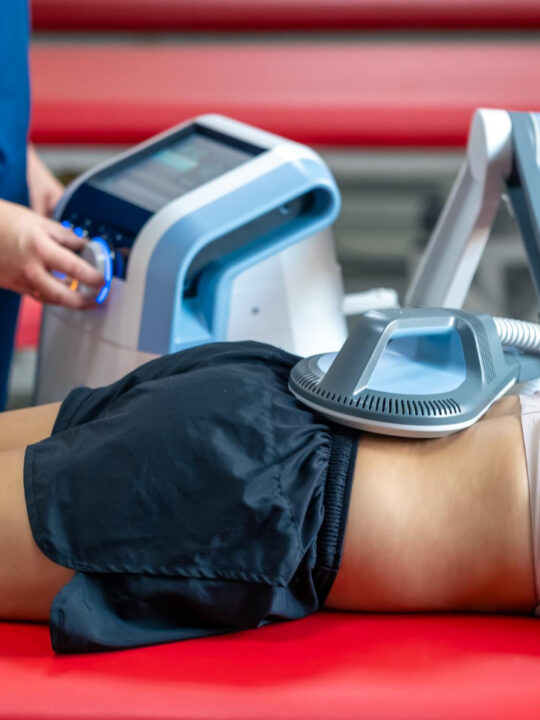 Amid the COVID-19 pandemic, doctors schedule virtual appointments to be able to reach the population that is self-isolating or just staying indoors in an effort to prevent the spread of the coronavirus. Health care practitioners have been forced to implement non-contact methods of patient care to eliminate the exposure to inherent risk. In communities all over the world, digital health technologies have improved access to much-needed care, making life better for patients and doctors alike. Telemedicine received the green light based on the WHO’s critical review of the evidence. At present, people get the best care possible from afar.
Amid the COVID-19 pandemic, doctors schedule virtual appointments to be able to reach the population that is self-isolating or just staying indoors in an effort to prevent the spread of the coronavirus. Health care practitioners have been forced to implement non-contact methods of patient care to eliminate the exposure to inherent risk. In communities all over the world, digital health technologies have improved access to much-needed care, making life better for patients and doctors alike. Telemedicine received the green light based on the WHO’s critical review of the evidence. At present, people get the best care possible from afar.
Artificial intelligence, blockchain, and 5G Internet have made virtual meetings a reality and, most importantly, opened the door for precise and personalized health care. Computers, as well as mobile devices, can be used to gain access to health care services remotely. You can book an appointment, request a refill, or look at your test results at the click of a button. Health care providers who aren’t necessarily specialists in telemedicine can build skills, learning via video classrooms. An ever-increasing number of patients are taking advantage of the convenience of digital health to get advice. They’re not willing to go to a hospital emergency room.
Digitized medicine expansion coincides with the emergence of the CBD market
The modern cannabis user is representative of the general population. In plain English, that means that cannabis consumption is relatively high among regular individuals. More than 95% of consumers are aware of the existence of CBD products. Speaking of which, CBD has a potential role in easing symptoms associated with many health issues, of which mention can be made of heart disease, depression, and even cancer. The experts at OrganicCBDNugs draw attention to the fact that it isn’t intended to be a replacement for professional medical treatment. More exactly, CBD is just an adjuvant therapy. It may be used to complement chemotherapy treatments by alleviating symptoms of nausea and vomiting. It’s just an example. Visit them here for more useful information on CBD.
The positive reception to CBD products such as Goli Nutrition has translated into has translated into upheaval and accelerated growth for everyone involved in the industry. The global cannabidiol market is forecasted to expand at a CAGR of 21.2% from 2021 to 2028. Owing to its healing properties, CBD is in high demand for health and wellness purposes so it shouldn’t come as a surprise that the market keeps on accelerating. Patients, along with doctors, are searching for holistic health alternatives. They’re dissatisfied with conventional treatment and would like to have more autonomy over their health decisions.
In the United States, many online platforms offer patients medical cannabis cards so that people can acquire CBD products with a higher THC content. Individuals meet with the doctors via secure video chat and the medical cannabis card can be approved in just a couple of minutes. It doesn’t end there, just to be clear. Health care providers follow up with patients via email, recommending the types of products they believe would best work in their situation. If you’re interested in buying CBD without any THC, you can get it without a card. Determine why you want to purchase CBD and in what form. Most importantly, find out where the cannabis was grown. Not all CBD products are created equally, so what you can purchase from one supplier or the other differs substantially.
When the coronavirus pandemic hit, cannabis telemedicine was already making waves in several states. To be more precise, many people jumped at the opportunity to get prescription CBD, viewing digital health as a miracle tool. Doctors aren’t everywhere, so those who live in impoverished communities or remote areas find it impossible to get the help they need. When cannabis became essential, individuals didn’t hesitate to request a doctor consultation and order CBD products. It’s expected that the number of virtual appointments will increase in the near future. And it’s all for the better.
The aim: Accessibility and improving patient outcomes
People’s health has started to decline during the COVID-19 pandemic due to the inability to access specialized care. Many physicians argue that reduced access to health care services is directly correlated with an increased risk of poor health outcomes. Telehealth interventions have the power to eliminate barriers, therefore, increasing access to much-needed care. Patients can get the type of care they need on the spot, so they don’t have to wait to get an appointment or travel to a facility. Of course, serious cases such as high blood pressure or persistent fevers can’t be handled through virtual meetings. On the other hand, simple matters such as rashes and sore throats can be handled with telemedicine.
Products such as hemp-based CBD products can considerably improve patient outcomes, so patients and doctors are making great efforts to increase the availability of this therapy for those who require urgent relief from certain medical conditions. Long-term usage of CBD isn’t associated with toxicity, which means that a person can reap its full therapeutic benefits without experiencing nasty side effects. If the CBD product is based on hemp, you can legally purchase it without a medical cannabis card. There are so many advantages to taking CBD without THC. On its own, cannabidiol has a powerful impact on physical and mental health. It promotes better sleep, a healthier state of mind, and even eases pain.
In the face of growing public acceptance and reduced stigma, it’s hard not to see an increase in the number of people willing to give CBD a go. Telemedicine brings about many benefits, but it’s important not to forget about the challenges linked to expanding health care. Examples include broadband access, reimbursement, and patient privacy. With a little bit of preparation, it’s possible to overcome any concern. These days, individuals expect solutions that are coordinated, convenient, and, last but not least, accessible. This trend is dictated not only by the prevalence of certain illnesses but also the explosion of digital tools. Anyway, the better we understand the challenges, the better solutions we can find. There is hope ahead of the road.







